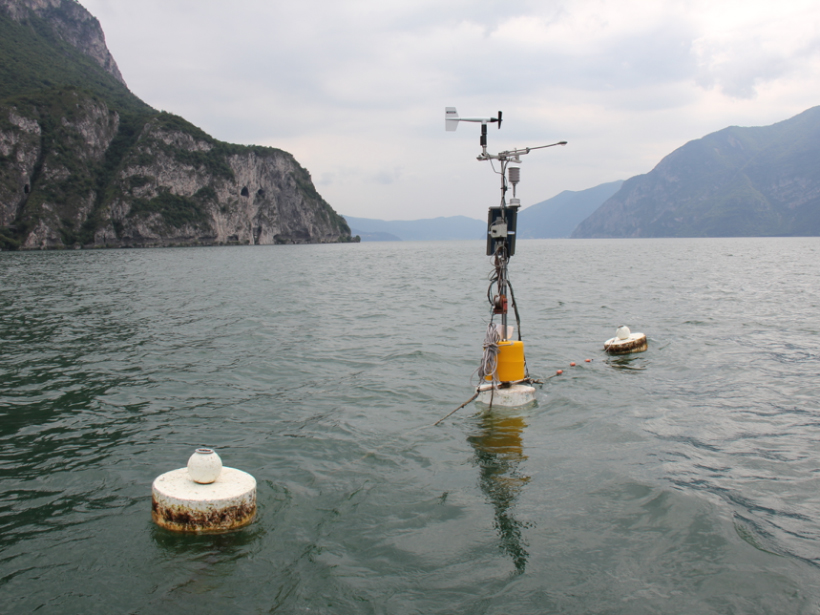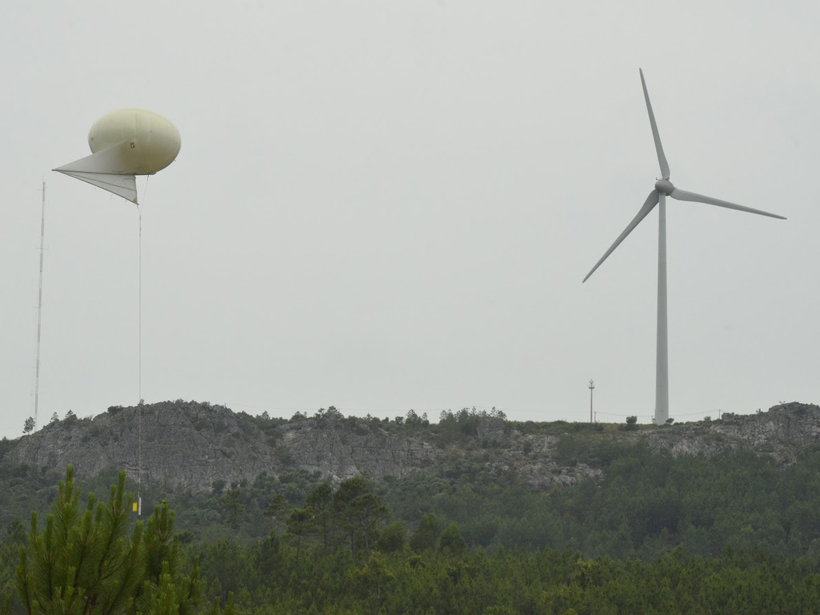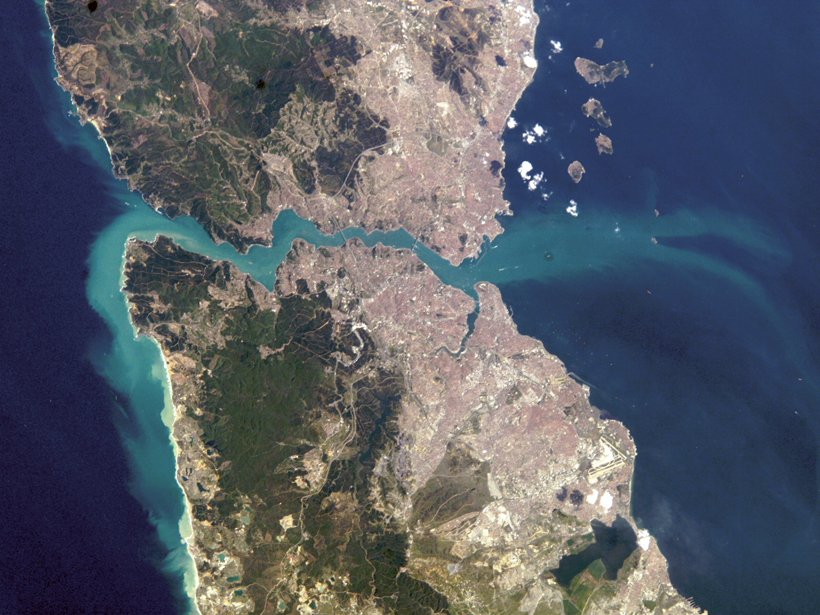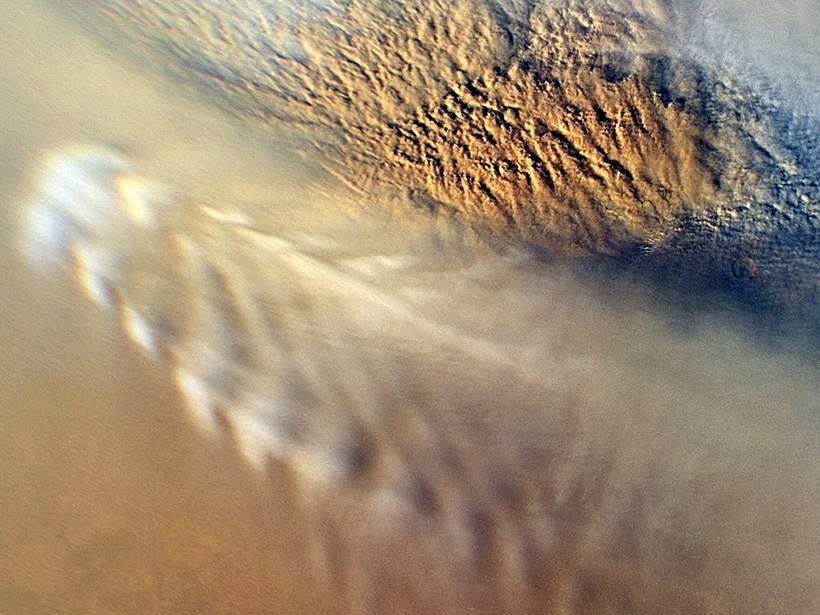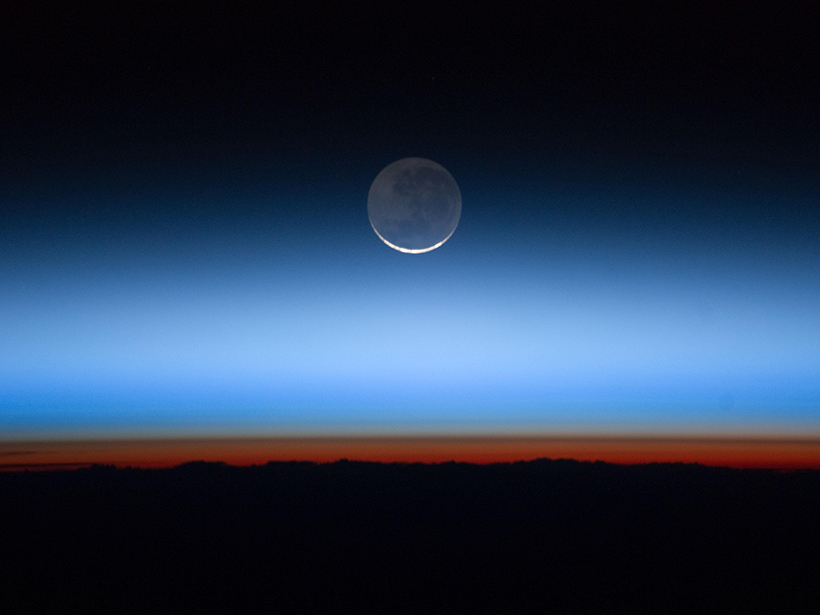A new 3-D model shows how wind affects hydrodynamic mixing in a northern Italian lake.
wind
Monitoring Wind in Portugal’s Mountains Down to Microscales
Researchers are now gathered for the Perdigão field campaign, an effort to study wind flow physics at scales down to tens of meters. The effort should help engineers harness wind energy in Europe.
Shifting Winds Write Their History on a New Zealand Lake Bed
A team of scientists finds a year-by-year record of climate history spanning the past 17,000 years at the bottom of a South Island lake.
Big Storms Pump Mediterranean Water Far into the Black Sea
For the first time, scientists provide a sea-wide view of what happens to Mediterranean waters that flow into the Black Sea through the Bosporus Strait.
Mars's Atmosphere Matches Earth's Turbulent Nature
Mars is even more like Earth than we thought, according to a statistical analysis of the planet's swirling atmosphere.
Mysterious Anomaly Interrupts Stratospheric Wind Pattern
For the first time, scientists have observed a deviation from the typical alternating pattern of easterly and westerly winds in the equatorial stratosphere.
Volcanic Eruptions Stir an Already Complex Atmosphere
A study of Earth's atmospheric response to major volcanic eruptions seeks to reconcile contradictions between observations and climate models.
Interior Approves Wind Farm Leasing Offshore from New York City
The proposed wind farm, which commercial fishermen oppose, could produce at least 70 megawatts of energy annually, enough to power a quarter of a million homes.
Humans Misread Wind Speeds, Skewing a Major Hazards Database
Weather spotters who report storm measurements and observations to a U.S. national compendium of storm data often exaggerate winds speeds—by about one third, on average.
How Regional Wind Patterns Will Influence Climate Change
Climate change is expected to cause wet regions to get wetter and dry regions to get drier, but new research suggests that the truth is more complicated.

